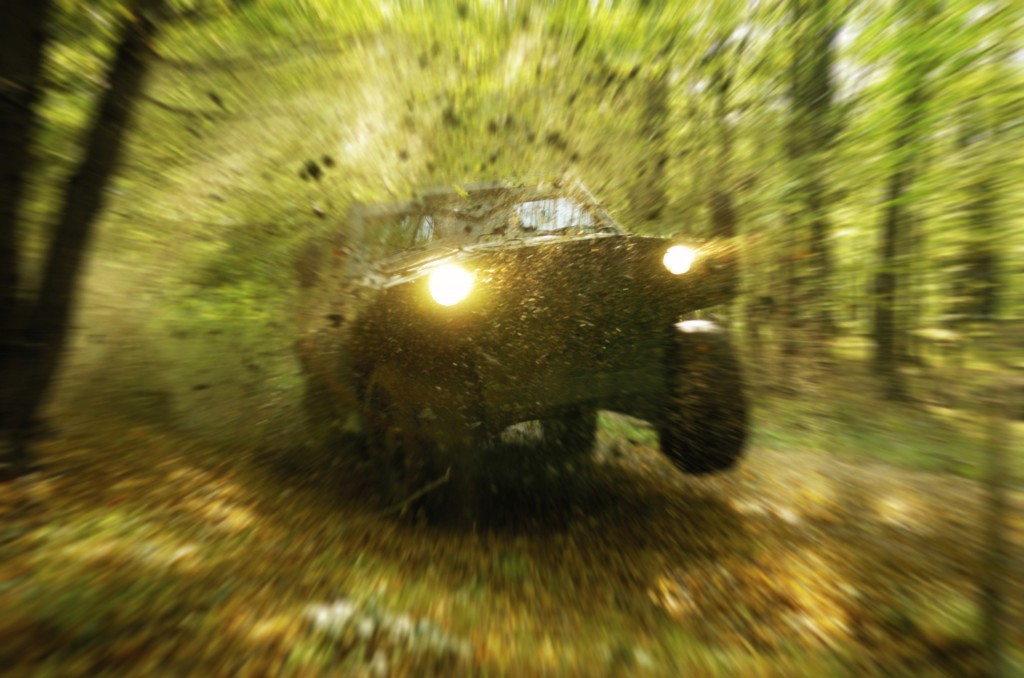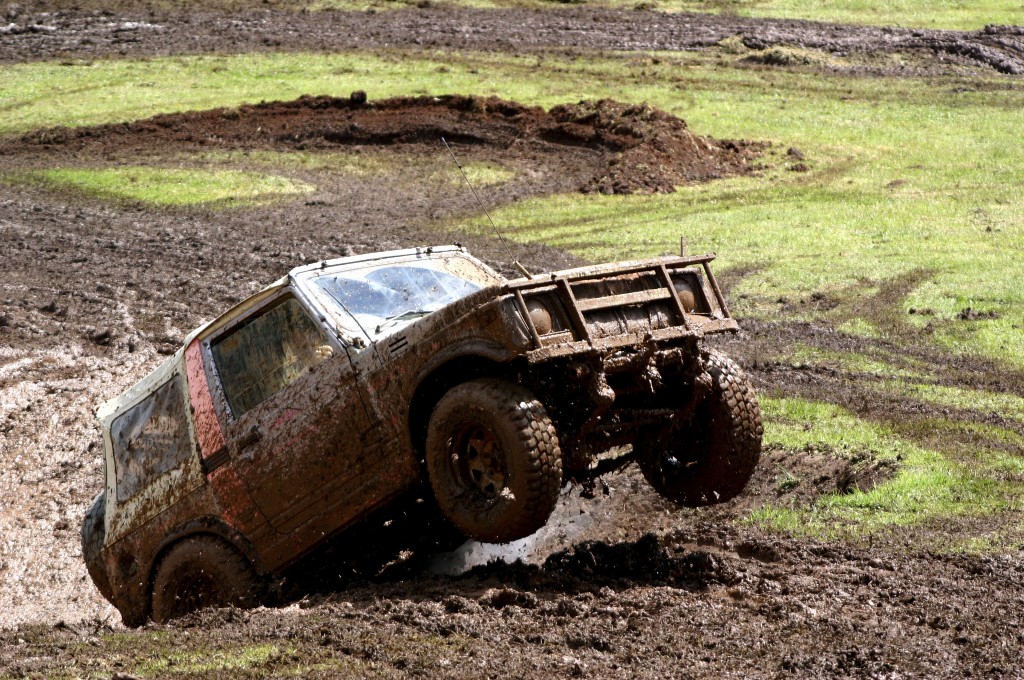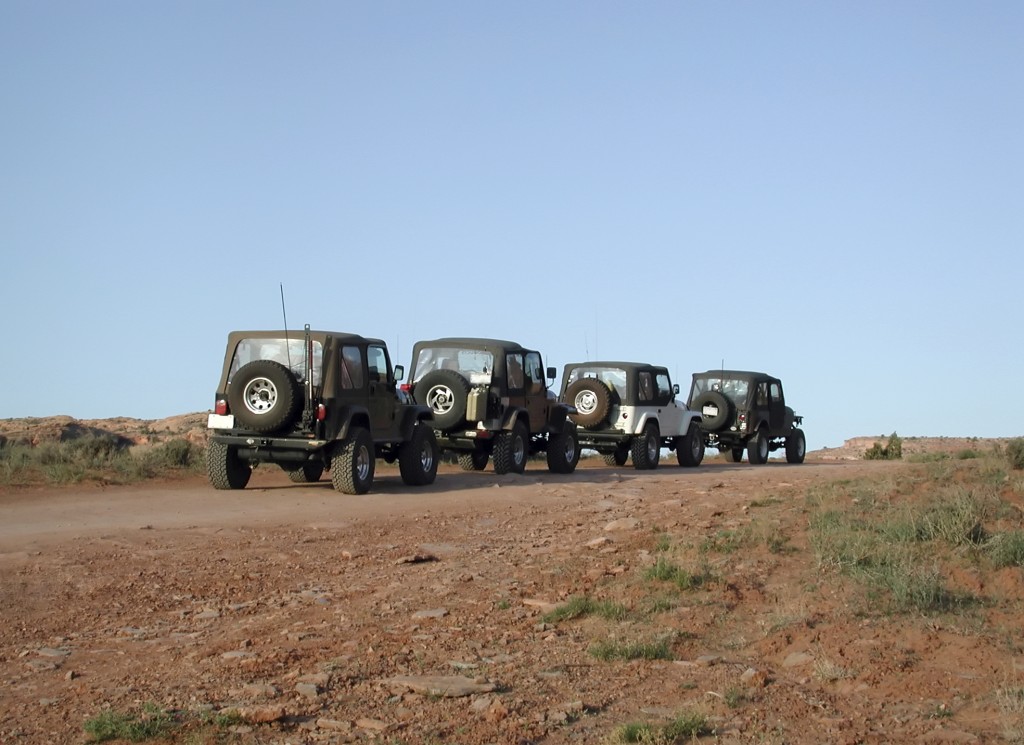4×4 vehicles are designed to cope with even the most rugged terrain. Sadly, however, most of them spend their lives travelling urban roads and motorways. If you’ve got a hankering to get off-road, get some mud on your tires and find out what your 4×4 can really do, there are a few basics that you need to know.

Be Prepared
Pack like a Boy Scout and be ready for anything. You should start off with a full tank – after all, once you get off-road, you won’t exactly be passing many petrol stations – and pack a first aid kit and a mobile phone. You should also have a tow rope that’s rated for your vehicle, a portable air compressor, a spare tire and everything you need to change it, a shovel and some spare water for your radiator. A vehicle mounted winch can be a good idea, too.
Know the Terrain
Different kinds of terrain will require different tactics, so make sure you know what you’re heading into, and how to tackle it. When you’re new to off-roading – and especially if you’re doing it in the vehicle you need for your daily commute – you should avoid steep climbs and descents and steer clear of water crossings.
Driving on Sand
The biggest issue on sand is traction; it’s not easily acquired, and it’s easily lost. Drop the air pressure in your tires to between 15 and 20psi so that the tread will spread out and grip more of the surface. Maintain your momentum; don’t slow down unless absolutely necessary. If you’re getting stuck or the vehicle’s digging in, turn your steering left and right to try and get some fresh terrain under your tires, which might give you better traction.
Driving in Mud

Okay, we know that what you want to do is floor it, slide around a bit, and pull off an impressive spin – but it’s not a good idea. Once you start sliding, you lose control, so that spin could end up in a tree.
Apply most of the same principles to driving in mud as you would on sand; maintain your momentum, and repeat left and right steering if you’re getting stuck. If you do get stuck, don’t sit there and spin the tires – that’ll just dig you in deeper. Get out and have a look; try rocking the vehicle (by shifting from reverse to drive at very low RPMs) and see if you can get out. If not? It’s time to call in a tow.
Driving Rough Trails
Trails should be easy, right? Well, not always. If they’re muddy and well travelled, they can get deep ruts and you don’t want to end up with your differentials hanging on a mud bank and your tires in the air. Straddle the ruts instead, and you’ll not only be able to keep going but you’ll avoid making them worse for the driver behind you.
Watch out for puddles, and take them slowly – you never know when there might be a hidden drop or boulder.
Buddy Up

Off-roading is one of those things best enjoyed in company – another capable driver and vehicle’s company, that is. That way, if one of you gets stuck, the other is there to tow you out. After having a laugh and taking some pictures for Facebook, of course!
The least capable car/driver should never be at the back of the group – it’s too easy for them to get into difficulties and get left behind. If you can, it’s best to have an experienced driver at the front, blazing the trail and setting an example, the least experienced drivers in the middle, and another experienced driver at the back, so there’s help from either side if it’s needed.
At CWS 4×4, we offer a full range of 4×4 parts to keep your motor running, whether you take it off-road or not. For more information, get in touch with us today on 01458 834930.


